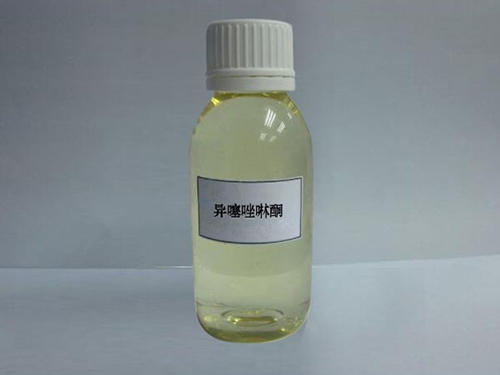Understanding Coagulant and Flocculant Chemicals for Enhanced Water Treatment Processes
Coagulant and Flocculant Chemicals Essential Agents in Water Treatment
In the quest for clean and safe water, coagulant and flocculant chemicals play a pivotal role in water treatment processes. These substances are fundamental in clarifying water by removing suspended solids, organic matter, and other impurities. This article explores the importance, mechanisms, types, and applications of coagulant and flocculant chemicals in various industries.
Understanding Coagulation and Flocculation
Coagulation and flocculation are two interconnected processes utilized in water purification. Coagulation refers to the initial step where coagulant chemicals are added to water to destabilize colloidal particles. These particles, often negatively charged, repel each other and remain suspended in water. Coagulants, usually salts of aluminum or iron, neutralize this charge, allowing particles to clump together.
Following coagulation, the flocculation process begins. Flocculants inhibit the agglomeration of these clumped particles into larger aggregates known as flocs. This process can involve gentle mixing to promote the growth of flocs, which can then be easily removed through sedimentation or filtration. Together, these processes greatly enhance the removal of turbidity and other contaminants from water.
Types of Coagulant and Flocculant Chemicals
1. Aluminum-based Coagulants Commonly used in municipal water treatment, aluminum sulfate (alum) is prevalent due to its effectiveness and cost-efficiency. Other variations include polyaluminum chloride (PAC) and aluminum chlorohydrate. 2. Iron-based Coagulants Ferric chloride and ferric sulfate are common iron-based coagulants. They are particularly effective in treating water with high turbidity and organic matter content.
3. Synthetic Polymers Flocculants can be synthetic organic polymers that enhance the flocculation process. These include polyacrylamides and cationic flocculants, which are often used in industrial applications.
4. Natural Coagulants In recent years, there has been a shift towards eco-friendly alternatives. Natural coagulants like Moringa seeds and chitosan have gained attention due to their biodegradability and lower environmental impact.
Applications of Coagulant and Flocculant Chemicals
Coagulants and flocculants are not limited to municipal water treatment; they find applications in various industries
coagulant and flocculant chemicals

- Drinking Water Treatment Ensuring safe drinking water is a global priority. Coagulants and flocculants remove pathogens and algae, reducing the risk of waterborne diseases.
- Wastewater Treatment Industrial wastewater often contains harmful pollutants. Coagulant and flocculant treatments are employed to minimize environmental impact by facilitating the removal of solids and toxins before discharge.
- Paper Manufacturing In the paper industry, these chemicals assist in the recovery of fibers and improve the quality of paper products by reducing sludge production.
- Mining and Mineral Processing The mining industry generates large volumes of wastewater laden with suspended solids. Coagulation and flocculation aid in solid-liquid separation, enhancing water recovery and reducing environmental footprints.
Factors Influencing Effectiveness
The effectiveness of coagulants and flocculants depends on several factors, including
- Water Quality The type and concentration of impurities in water greatly influence the selection of appropriate coagulants and flocculants.
- Dosage Accurate dosing is critical, as insufficient or excessive amounts can lead to ineffective treatment or adverse reactions.
- pH Levels The chemical environment, specifically the pH of the water, can affect the charge of particles and the efficiency of coagulants and flocculants.
Conclusion
Coagulant and flocculant chemicals are indispensable in the field of water treatment. Their capabilities to enhance the removal of suspended particles and improve water quality make them essential in ensuring safe drinking water, treating wastewater, and facilitating various industrial processes. As the demand for clean water continues to grow alongside environmental sustainability efforts, the development and application of efficient coagulant and flocculant solutions will remain at the forefront of water treatment technologies. Investing in research and innovation in this field is essential for meeting future water quality challenges and promoting a healthier ecosystem.
-
Water Treatment with Flocculant Water TreatmentNewsJun.12,2025
-
Polymaleic AnhydrideNewsJun.12,2025
-
Polyaspartic AcidNewsJun.12,2025
-
Enhance Industrial Processes with IsothiazolinonesNewsJun.12,2025
-
Enhance Industrial Processes with PBTCA SolutionsNewsJun.12,2025
-
Dodecyldimethylbenzylammonium Chloride SolutionsNewsJun.12,2025





